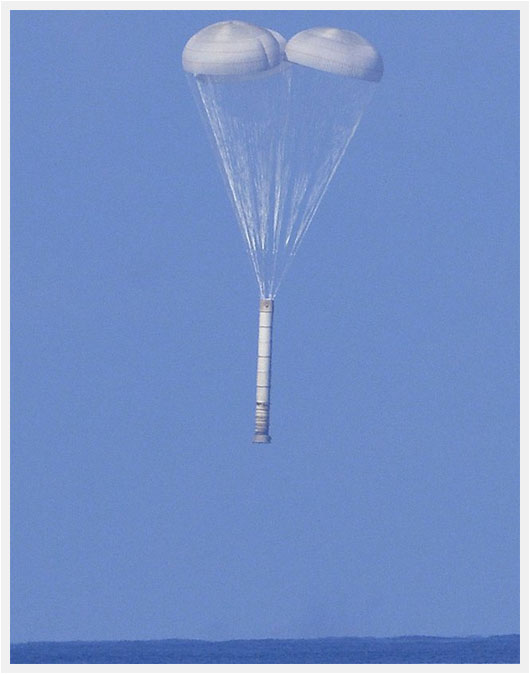NASA Releases First-Ever HD Footage of SRB Recovery Mission
 Saturday, March 19, 2011 at 10:27PM
Saturday, March 19, 2011 at 10:27PM PRESS RELEASE:
CAPE CANAVERAL, Fla., March 18, 2011 /PRNewswire-USNewswire/ -- For the first time, NASA has released high-definition video taken during the retrieval of solid rocket booster segments from the Atlantic Ocean. The solid rocket boosters provided 144 million horsepower for the final launch of space shuttle Discovery on its STS-133 mission.
After each shuttle launch, crew members of the Liberty Star and Freedom Star retrieval ships pull the spent boosters out of the ocean and return them to Hangar AF at Cape Canaveral Air Force Station in Florida. After they are processed, the boosters are transported to Utah, where they are refurbished and stored, if necessary.
The video includes high-definition video footage from the recovery ships and time-lapse footage of recovery efforts on Freedom Star.
The footage was captured with a Panasonic HPX 3700 high-definition, cinema-style camera with 1080 progressive scanning at 24 frames per second.

While the video above is very cool for showing the process by which the SRB's are recovered, it doesn't show them with their parachutes deployed for the soft landing in the ocean. This 2009 photo from the flickr page of NASA's Marshall Space Flight Center gives a good view of what an SRB under parachutes looks like. The main body of the SRB has the three massive, 136 foot diameter parachutes, but the tapered section at the nose (not shown) descends under the smaller drogue chute that is used to initially stabilize the SRB, and then, when it separates from the SRB, it is the action by which the main parachutes are deployed.
The weight of the empty SRB is about 200,000 pounds! Learn more at the Shuttle SRB wiki.
 Martt |
Martt |  Post a Comment |
Post a Comment | 













































































Reader Comments